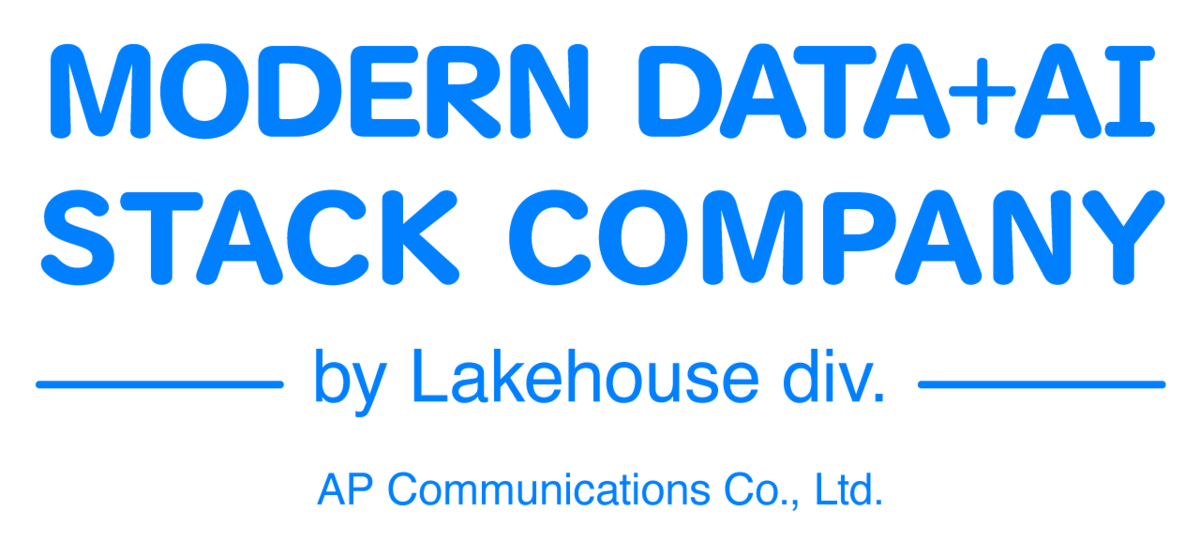Introduction
This is May from the GLB Division Lakehouse Department.
Based on reports from members participating in the local Data + AI SUMMIT 2023 (DAIS), Share Extending Lakehouse Architecture with Collaborative Identity. The session was presented by Erin Wilkins and Sean Gilleran of Liveramp. The theme and purpose of this talk is to discuss collaborative identity solutions to extend the Lakehouse architecture, which will be beneficial to technologists interested in data management and governance, business leaders involved in digital transformation, data providers and technology providers. There is a lot of information.
This blog is divided into two parts. The first part describes efficient data analysis and privacy protection by combining a privacy-centric collaborative identity solution and the Lakehouse architecture. Part 2 explores in more detail the foundations of data management and privacy protection through a combination of Lakehouse architecture and collaborative identity modeling.

Lakehouse Architecture and Collaborative Identity Modeling
Lakehouse architecture is a new data management approach that combines the capabilities of data warehouses and data lakes, providing a foundation for collaborative identity modeling. This solves the challenges associated with moving data to the cloud.

Privacy-compliant identifier system
A privacy-compliant identifier system enables seamless data sharing without sharing personal information. This enables enterprises to achieve efficient data analysis while balancing data utilization and protection.
Background information and prerequisite knowledge
- Lakehouse Architecture: A new data management approach that combines data warehouse and data lake capabilities
- Collaborative Identity Modeling: Identity Management Techniques for Both Data Sharing and Privacy Protection
- Data movement to the cloud: the process of moving data from on-premises to the cloud environment
Technical element
- Data integration: The lakehouse architecture leverages the capabilities of both data warehouses and data lakes to facilitate data integration and analysis.
- Privacy protection: Collaborative identity modeling allows data to be shared in a non-identifiable way. This enables both privacy protection and data utilization.
- Cloud environment: By utilizing the cloud environment, which facilitates data movement and analysis, companies can improve the efficiency of data utilization.
Modern concepts and features
Real-time analysis of data
Combining the Lakehouse architecture with collaborative identity modeling enables real-time analysis of data. This helps companies make faster decisions and improve their business competitiveness.
Security and compliance
Collaborative identity modeling that shares data while preserving privacy can meet security and compliance requirements. This enables businesses to leverage their data while complying with regulations and industry standards.
Through this lecture, we learned that the combination of Lake House Architecture and Collaborative Identity Modeling has great potential for both data utilization and privacy protection. This approach will become increasingly important in future data management and analysis.
Demonstration of marketing effect by utilizing identity
The topic was that identity is critical to demonstrating marketing budget effectiveness and driving CMO (Chief Marketing Officer) success. It was emphasized that by using identity, it is possible to understand consumer behavior and preferences, and to develop effective marketing strategies.
LightRamp and Kraft Partnership Identity Case Study
As a concrete example, LightRamp partnered with Kraft to unify 3.2 billion consumer records, demonstrating the power of identity to achieve business goals. The partnership is said to have achieved the following results:
- Identify target consumers based on consumer purchase history and demographic information
- Develop optimal marketing measures for target consumers
- Measure the effectiveness of marketing measures and maximize ROI (return on investment)
Through this case study, it was shown that it is possible to demonstrate the effectiveness of marketing through the use of identity.


Combining Lake House Architecture and Collaborative Identity Solutions
The talk also mentioned a collaborative identity solution for extending the Lakehouse architecture. A lakehouse architecture combines the capabilities of a data warehouse and a data lake to efficiently process and analyze large amounts of data. Incorporating a collaborative identity solution is said to provide the following benefits:
- Data consistency and integrity
- Increase data security
- Promoting data utilization and maximizing business value
In this way, it was emphasized that the combination of the Lake House Architecture and the Collaborative Identity Solution can further enhance the effectiveness of data utilization.


Summary
The latest concepts and functions in the data & AI field were introduced, such as demonstrating the marketing effect of identity utilization and improving the effectiveness of data utilization by combining Lake House Architecture and collaborative identity solutions. By leveraging these insights, companies will be able to use data more effectively and maximize business value. We will continue to deliver the latest information in the field of data and AI, so please look forward to it!
Conclusion
This content based on reports from members on site participating in DAIS sessions. During the DAIS period, articles related to the sessions will be posted on the special site below, so please take a look.
Translated by Johann
Thank you for your continued support!
